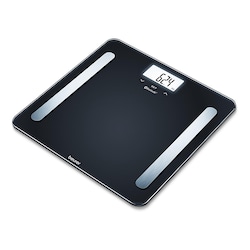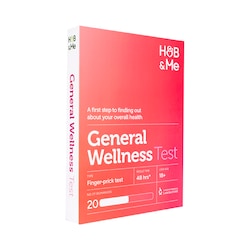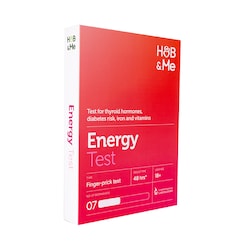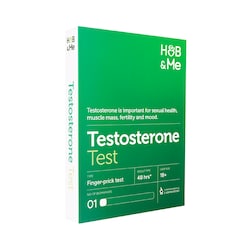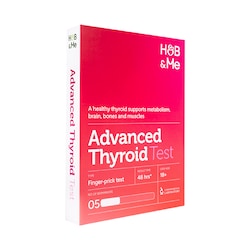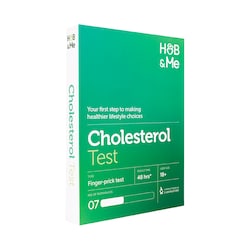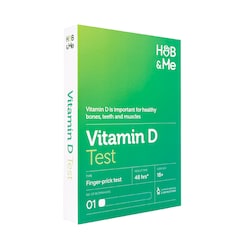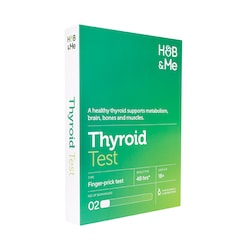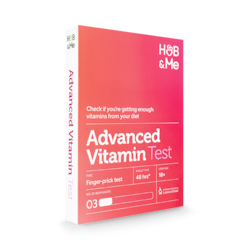15% off £30 OR 20% off £40
How to use at home blood tests for vitamin deficiency

Feeling slightly under the weather and want to find out why? A vitamin deficiency test may highlight that your body is low on certain vitamins and minerals.
Thankfully, at home blood tests mean you can find out this information without having to go to the doctors in person.
What are home blood test kits?
What vitamin deficiency tests are out there?
If you don’t suspect you have a specific vitamin deficiency, then a general test for vitamin levels may be the way forward. These kits state which vitamins they’ll be testing for, one of the most popular combinations is folate, vitamin B12 and vitamin D as all three are essential for your wellbeing.
A lot of people test their B12 levels as this deficiency can leave you feeling extremely tired, breathless and faint – just to name a few symptoms.1
Do you follow a plant-based diet? If so, it may be worth doing an at home test for your B12 levels as it is usually only found in animal foods, meaning it’s common for vegans and vegetarians to have this deficiency – especially if you don’t take a specific B12 supplement.2
Symptoms of vitamin deficiency
Depending on the type of vitamin deficiency, your symptoms may vary. For example, one of the main signs of a vitamin D deficiency in adults is osteoporosis.3
As we mentioned earlier, another common deficiency is a vitamin B12 deficiency or folate deficiency anemia, which can present itself in a variety of ways.
As well as the symptoms we touched on before, the NHS also lists the following key signs to look out for:
- A slight yellow tinge to your skin
- A sore and red tongue
- Mouth ulcers
- Pins and needles
- Changes in the way that you walk and move around
- Disturbed vision
- Irritability
- Depression
- Changes in the way you think, feel and behave
- A decline in your mental abilities, such as memory, understanding and judgement1
How to use at home blood tests
- Prep: Make sure the finger you’ll be taking blood from is clean and dry.
- Prick: Using the tools in the kit, prick your finger and drip it into the sample tube.
- Collect: Once you’ve filled the tube up to the line, secure the lid as per the instructions.
- Post: Ensure you’ve packaged everything correctly, then pop it in the post for it to be processed.
The final say
At home blood tests are a quick and easy way to find out whether there are any key vitamins or minerals your body is missing out on.
The advice in this article is for information only and should not replace medical care. Please check with your GP or healthcare professional before trying any supplements, treatments or remedies. Food supplements must not be used as a substitute for a varied and balanced diet and a healthy lifestyle.
Last updated: 5 January 2023
- https://www.nhs.uk/conditions/vitamin-b12-or-folate-deficiency-anaemia/symptoms/
- https://www.ncbi.nlm.nih.gov/pmc/articles/PMC5188422/
- https://www.ncbi.nlm.nih.gov/books/NBK532266/


